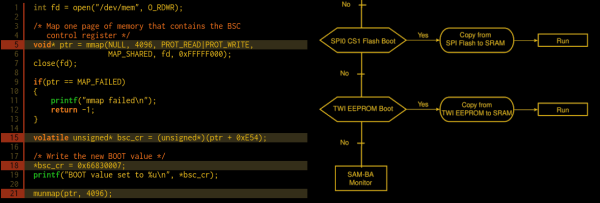It has become a common sight, a must-have feature on modern cars, a row of ultrasonic sensors embedded in the rear bumper. They are part of a parking sensor, an aid to drivers for whom depth perception is something of a lottery.
[Haris Andrianakis] replaced the sensor system on hs car, and was intrigued enough by the one he removed to reverse engineer it and probe its workings. He found a surprisingly straightforward set of components, an Atmel processor with a selection of CMOS logic chips and an op-amp. The piezoelectric sensors double as both speaker and microphone, with a CMOS analogue switch alternating between passing a burst of ultrasound and then receiving a response. There is a watchdog circuit that is sent a tone by the processor, and triggers a reset in the event that the processor crashes and the tone stops. Unfortunately he doesn’t delve into the receiver front-end circuitry, but we can see from the pictures that it involves an LC filter with a set of variable inductors.
If you have ever been intrigued by these systems, this write-up makes for an interesting read. If you’d like more ultrasonic radar goodness, have a look at this sweeping display project, or this ultrasonic virtual touch screen.





 The grand prize goes to [Jerome Kelty] with
The grand prize goes to [Jerome Kelty] with  First prize goes to [Christine] with
First prize goes to [Christine] with












